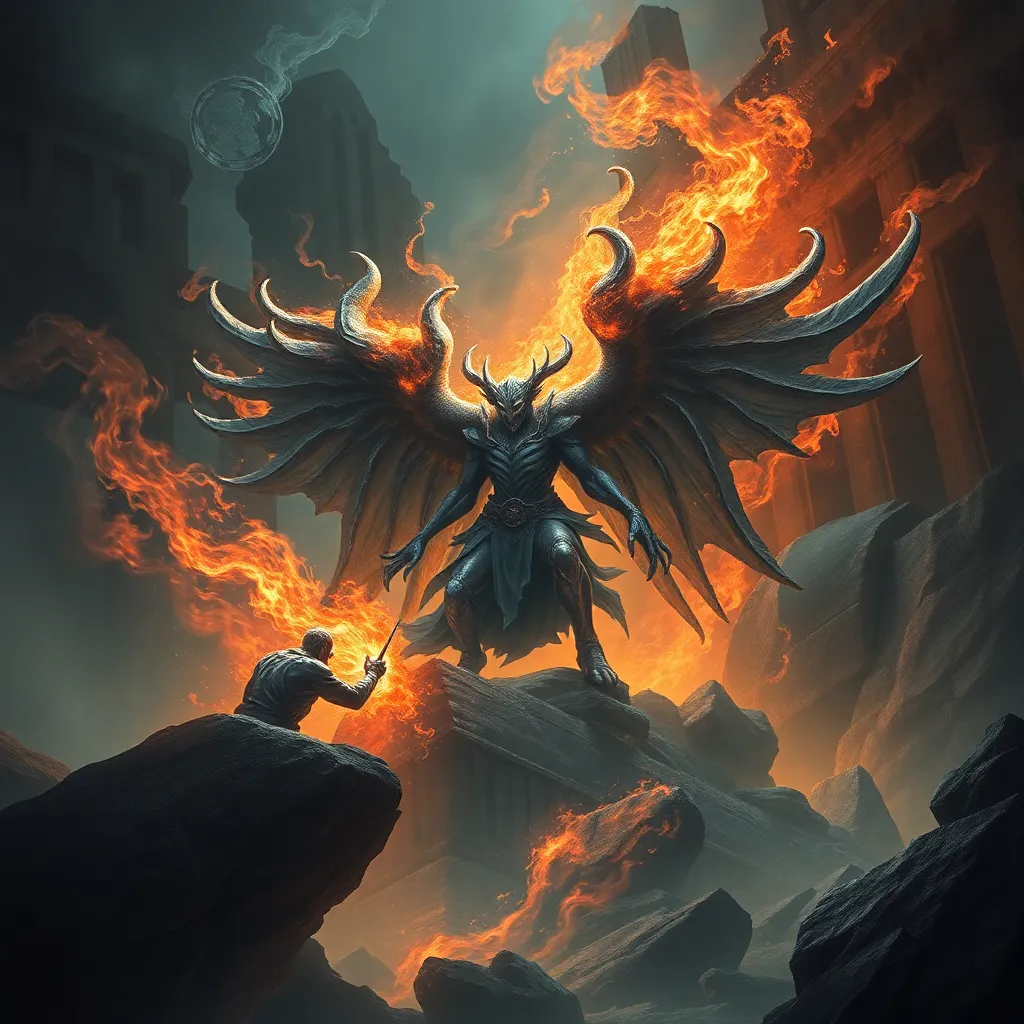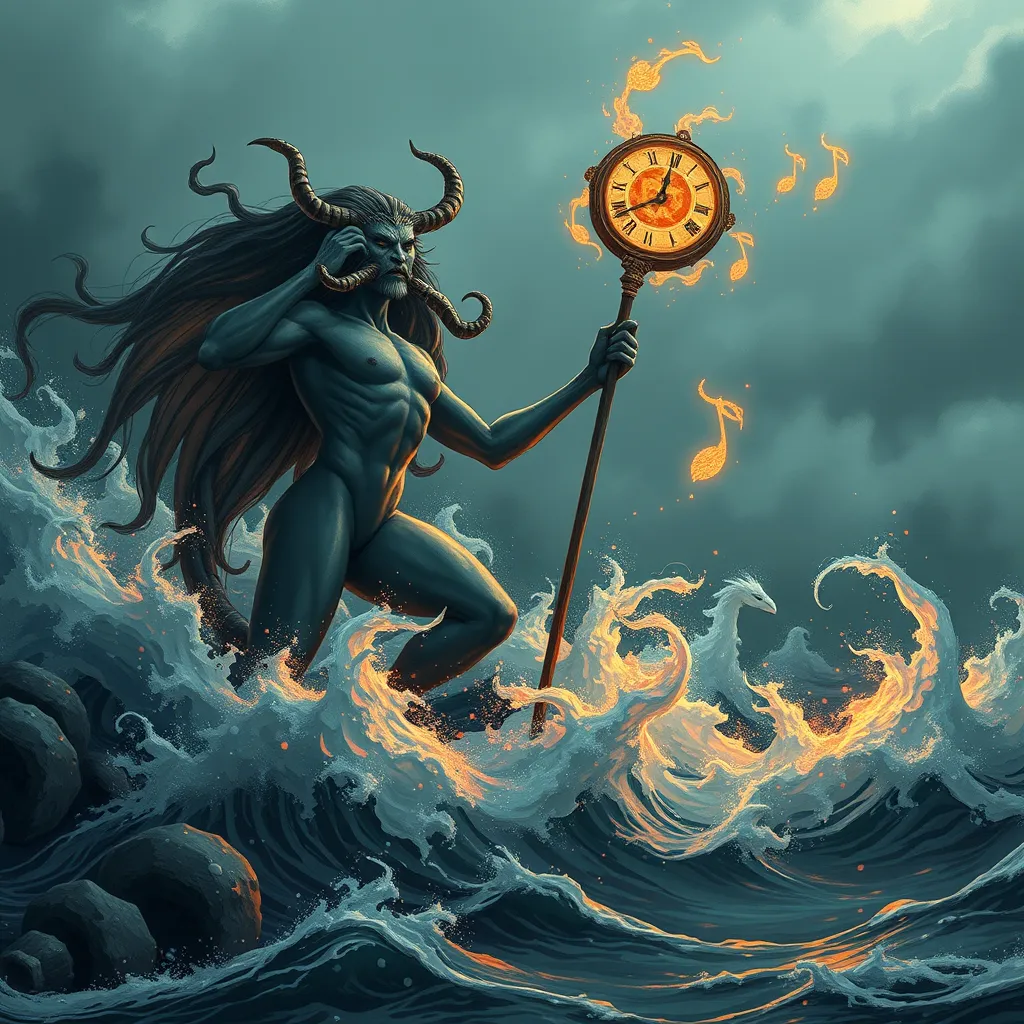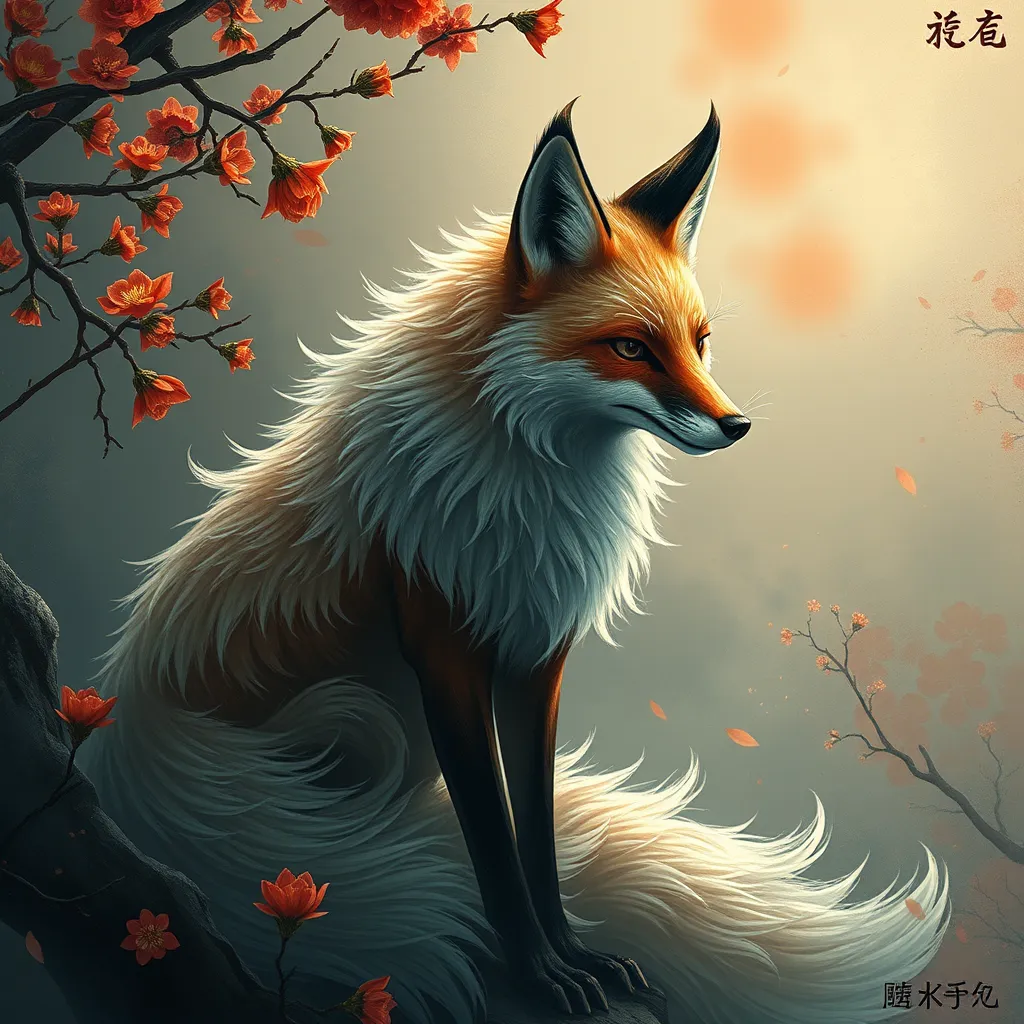The Hecatoncheires in Literature: Themes of Power, Violence, and Redemption
I. Introduction
The Hecatoncheires, often referred to as the Hundred-Handed Ones, are formidable figures in Greek mythology, embodying immense power and chaos. Their presence in literature serves as a rich source of exploration for themes such as power, violence, and redemption. This article aims to delve into these themes, examining the significance of the Hecatoncheires in both ancient and modern literary contexts.
II. The Mythological Background of the Hecatoncheires
Originating from Greek mythology, the Hecatoncheires were the offspring of Gaia (the Earth) and Uranus (the Sky). They are described as having a hundred hands and fifty heads, symbolizing overwhelming physical strength and the potential for both creation and destruction.
In the epic conflict known as the Titanomachy, the Hecatoncheires played a crucial role. They sided with Zeus and the Olympian gods against the Titans, using their immense strength to hurl boulders and unleash chaos upon their enemies. Their connection to other mythological figures, such as the Titans and the Olympians, highlights their significance in the cosmic battle for power.
III. Power Dynamics: Hecatoncheires as Symbols of Strength
In literature, the Hecatoncheires represent not just physical power but also the complexities of strength. They embody a duality as both protectors and potential destroyers.
- Representation of Physical Power: The Hecatoncheires symbolize raw strength, often depicted as guardians of the gods, using their might to maintain order in the universe.
- The Duality of Strength: Their immense power can be seen as a double-edged sword. While they protect the Olympians, their capacity for violence also poses a threat to both divine and mortal realms.
Examples from classical texts, such as Hesiod’s “Theogony,” illustrate their formidable nature, while modern adaptations, including graphic novels and films, continue to explore their iconic strength in new narratives.
IV. Violence and Chaos: The Hecatoncheires as Agents of Destruction
The mythos surrounding the Hecatoncheires is heavily laced with themes of violence and chaos. Their actions during the Titanomachy not only shaped the outcome of the war but also highlighted the destructive potential inherent in their nature.
- Themes of Violence: The Hecatoncheires are often portrayed as agents of destruction, their hundred hands representing an overwhelming force that can unleash chaos upon the world.
- The Impact of Their Actions: The aftermath of their involvement in battles reflects on the fragile balance between order and chaos, affecting both gods and humans.
Literary interpretations of violence often frame the Hecatoncheires within the context of justice and retribution, exploring the moral implications of their destructive capabilities and how they relate to the concept of divine punishment.
V. Redemption Arcs: Transformation and Forgiveness
Amidst the chaos, the stories of the Hecatoncheires also embrace the concept of redemption. Their narrative arc allows for exploration into themes of transformation and forgiveness.
- The Concept of Redemption: In some adaptations, the Hecatoncheires are portrayed as figures who seek redemption, using their strength to protect rather than destroy.
- Literary Examples: Characters influenced by the Hecatoncheires often find paths to redemption, suggesting that even the most chaotic beings can change.
Thematic explorations of forgiveness and the possibility of change resonate deeply, providing a counterpoint to their violent origins and encouraging reflections on personal growth.
VI. Comparative Analysis: Hecatoncheires in Different Literary Traditions
Across various cultures, the Hecatoncheires have influenced literary traditions beyond Greek mythology. Their archetype appears in many narratives, often symbolizing strength and chaos.
- Examination Across Cultures: Similar figures can be found in other mythologies, representing physical power and conflict.
- Influence on Modern Literature: Contemporary adaptations in films, novels, and graphic novels continue to draw from the rich symbolism of the Hecatoncheires, evolving their meanings in new contexts.
Their symbolic meanings have shifted over time, reflecting societal changes and the evolving understanding of power dynamics in storytelling.
VII. Impact on Contemporary Themes and Narratives
The themes of power, violence, and redemption, as represented by the Hecatoncheires, resonate strongly in today’s literature. Authors often reflect on these themes to address contemporary societal issues.
- Resonance in Literature: Modern literature frequently tackles the balance of power and the consequences of violence, drawing parallels with the Hecatoncheires.
- Reflection of Societal Issues: The narratives surrounding these figures can serve as metaphors for current struggles, such as conflict resolution and the quest for justice.
Their story remains relevant, highlighting the complexities of human nature and the timeless themes of struggle and transformation in modern storytelling.
VIII. Conclusion
In summary, the exploration of the Hecatoncheires in literature reveals a tapestry of themes surrounding power, violence, and redemption. These mythological figures not only embody the physical strength and chaos of their origins but also serve as symbols of transformation and the possibility of forgiveness.
The lasting legacy of the Hecatoncheires in literature underscores the importance of understanding mythological figures in contemporary contexts, where their stories continue to inspire reflection on human nature and societal challenges.



